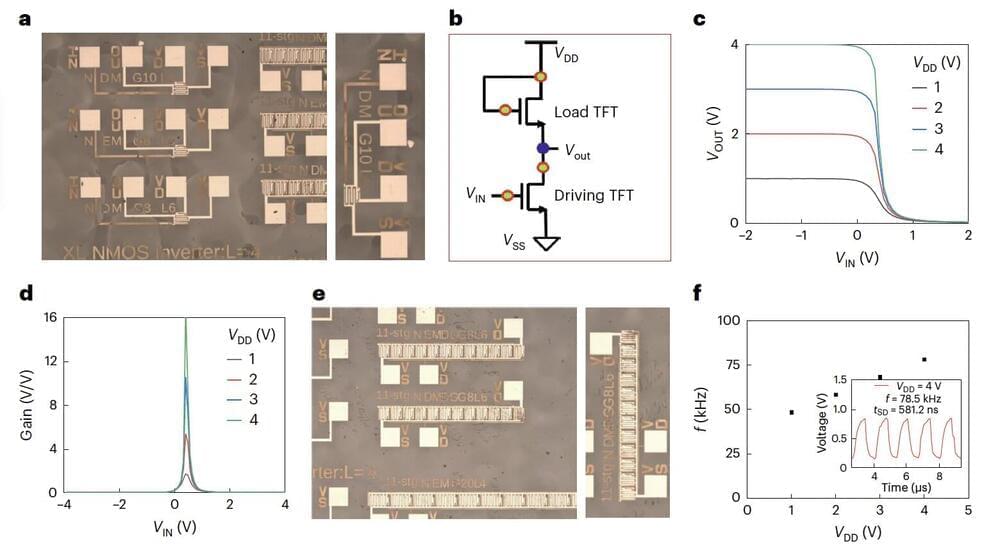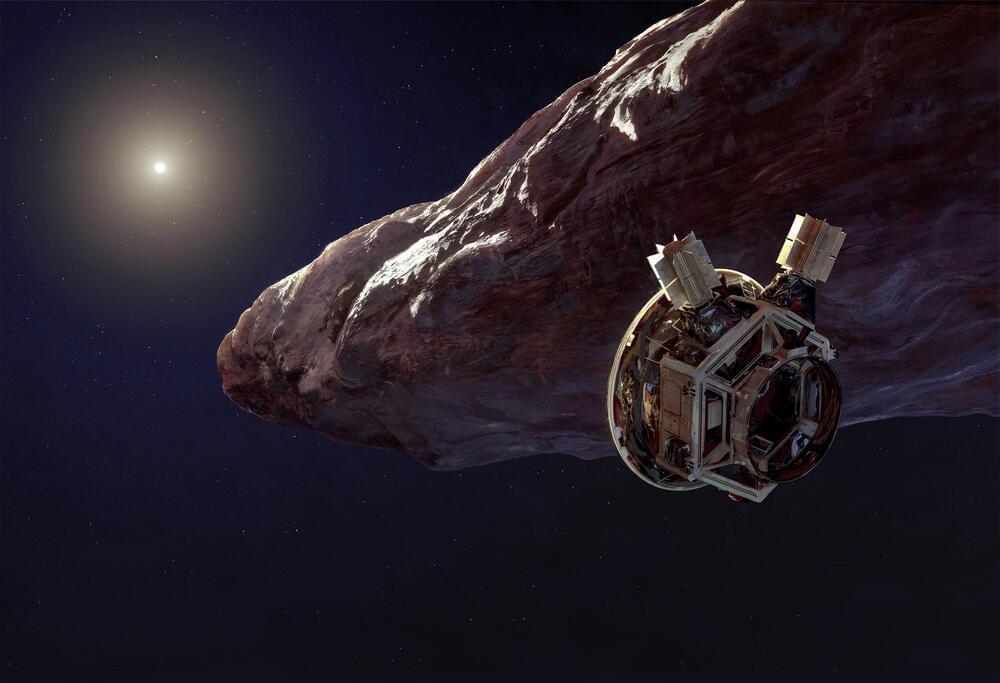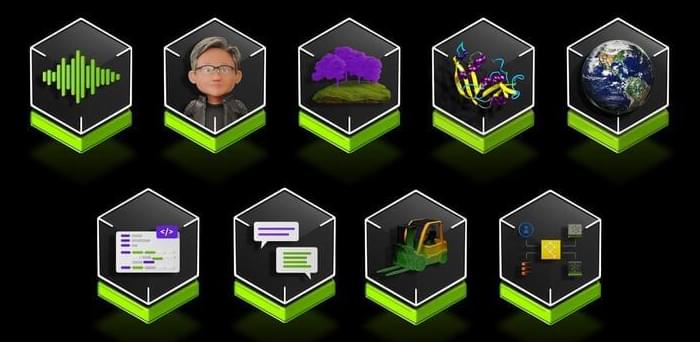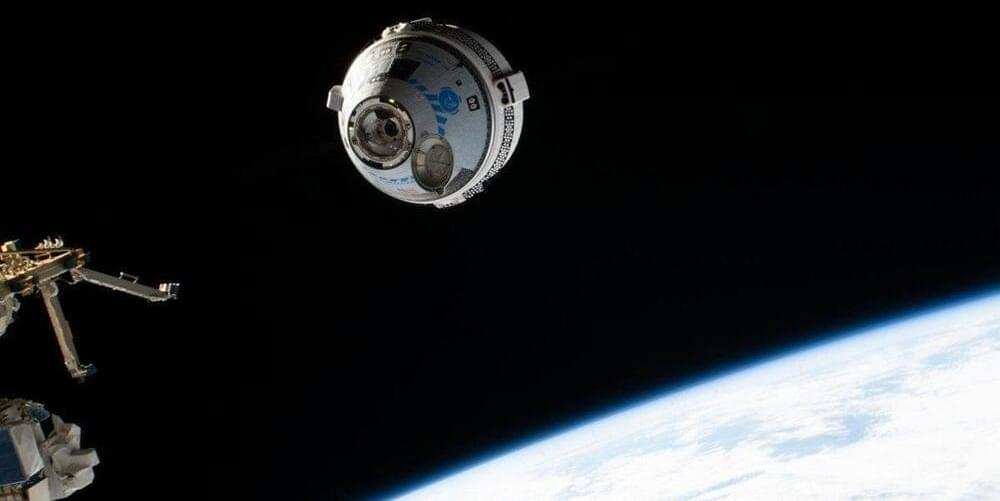In the general formulation of quantum information, quantum states are represented by a special class of matrices called density matrices. This lesson describes the basics of how density matrices work and explains how they relate to quantum state vectors. It also introduces the Bloch sphere, which provides a useful geometric representation of qubit states, and discusses different types of correlations that can be described using density matrices.
0:00 — Introduction.
1:46 — Overview.
2:55 — Motivation.
4:40 — Definition of density matrices.
9:55 — Examples.
12:58 — Interpretation.
15:37 — Connection to state vectors.
20:13 — Probabilistic selections.
25:23 — Completely mixed state.
28:41 — Probabilistic states.
32:03 — Spectral theorem.
37:36 — Bloch sphere (introduction)
38:36 — Qubit quantum state vectors.
41:30 — Pure states of a qubit.
43:52 — Bloch sphere.
47:38 — Bloch sphere examples.
51:36 — Bloch ball.
55:40 — Multiple systems.
56:46 — Independence and correlation.
1:00:55 — Reduced states for an e-bit.
1:04:16 — Reduced states in general.
1:08:53 — The partial trace.
1:12:23 — Conclusion.
Find the written content for this lesson on IBM Quantum Learning: https://learning.quantum.ibm.com/cour…
#ibmquantum #learnquantum #qiskit





